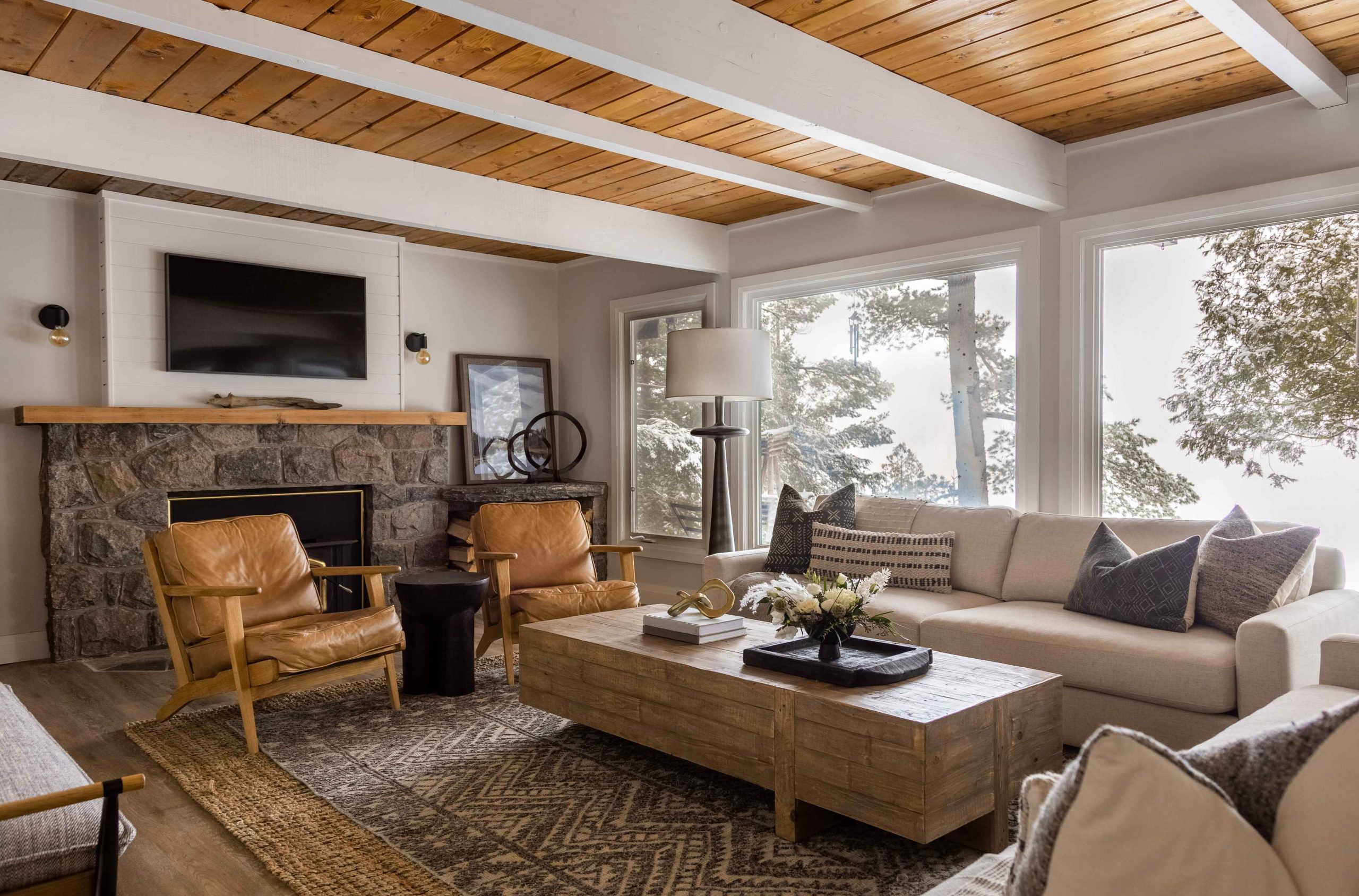Best for beginners
When you select a plant, at the very least you need to keep it alive. The bar is low, but for those who’ve never cared for houseplants, the commitment can be intimidating. If you’re a total newbie when it comes to taking care of plants, we have two recommendations.
Pothos plants can thrive in a variety of environments making them a top choice for first-time plant daddies. Lush and green, they do well with direct or indirect light with the main difference showing up in the variegation—that is, diversity of colour—on the leaves. While nutrient-rich soil is always welcome, pothos plants do nearly as well in poor soil. They can even grow in water only, so propagating them by “planting” clippings in vases will easily multiply your greenery.
Peace lilies show up in offices partly because they are so simple to care for. They survive in medium or low light and don’t need frequent watering. Their flower adds a pop of white—a classy look in any room.
For the weekend warriors
If you only get to the cottage on weekends, you’ll need to choose houseplants that like to be left alone during the week. These plants can go for longer periods of time without attention, so your time away is carefree.
Succulents are an entire class of plant recognizable for their thick, fleshy “leaves.” Though they come in a wild variety of shapes and sizes, what succulents have in common is that they are built to store water which makes them extremely hearty. Need to go away for three weeks? Your succulents won’t even notice you’re gone.
Known as snake plant due to its serpentine leaves, sansevieria only need to be watered once per month. When allowed to grow large, these plants make a striking statement in a room.
Best for freshening
One of the many benefits of having houseplants is that they produce oxygen, effectively cleaning the air in your home. At the cottage, where there might be periods of time without occupants, or if you rent out your space, this can be an elegant and natural solution to that not-so-fresh smell.
The old standby of college students everywhere, the spider plant is not only dead simple to care for but also an effective air freshener. When they send out shoots (adorably called spiderettes), you know they’re happy and healthy.
Similar in appearance to peace lilies (which are also freshening plants), the Chinese evergreen can thrive in medium or low light while it scrubs your air. If you choose this plant, keep it away from drafts which can turn the leaves brown.
Best for BIG
If you’re looking for real statement plants, there are several to consider. Rubber plants, philodendron, fiddle-leaf figs, and the aptly named Monstera (also known as the Swiss cheese plant due to the development of holes in its broad leaves as it ages) all have large, dramatic leaves that will command a place of pride in your cottage.
Best for small
Not everyone has the space for a Monstera but that doesn’t mean you should forego foliage. Snake plants, pothos, birds of paradise, Zanzibar gem, and spider plants all start out small but pack a big visual punch.
So you’ve picked your plants. Now what?
All of the plants mentioned here are relatively low maintenance but there are some care tips to keep in mind.
Position your plants in indirect sunlight. Direct sun can burn the leaves, especially over a period of many days. On the other hand, plants behind drawn curtains won’t receive enough sun. Open the blinds and let the sunshine in!
Don’t overwater your plants. It can be tempting to “top up” your plants’ water, especially if you’re going away for a period of time. Don’t do this. You run the risk of rotting the roots and attracting bugs.
Some places in the home just aren’t good for plants. If you want to spruce up the tops of the cabinets, bathrooms, or dark nooks in your cottage, consider artificial plants. We know, we know: there’s something depressing about a fake ficus. But the technology and artistry of faux-liage (see what we did there?) has come a long way.
We’ll see you at the garden shop!







